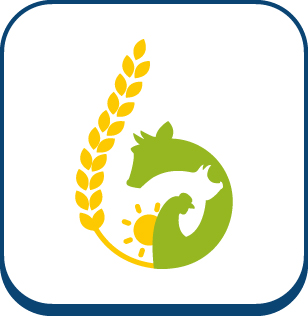Frequency of isolation and molecular characterization of Clostridium perfringens toxinotypes in pork carcases and feces at the slaughterhouse
The aim of the study was to determine the frequency of isolation of C. perfringens from carcasses and feces at slaughterhouses, and to characterize the toxinotype of the strains isolated.
Fiche technique
Titre :
Frequency of isolation and molecular characterization of Clostridium perfringens toxinotypes in pork carcases and feces at the slaughterhouse
Date sortie / parution :
2025
Référence :
15th Safepork 2025, 6-8 octobre 2025, Rennes, France, poster
Auteurs
Quelques mots clés
Autres documents
Monitoring of microbial ecology in three French pork slaughterhouses
Ensuring food safety is still a major concern in food industries including the pork sector. Despite the cleaning and disinfection procedures daily applied, the survival and adaptation of pathogens like…
Publié en 2025Towards a better understanding of the ecology of Listeria monocytogenes in pork processing facilities
Listeriosis is one of the most serious and severe foodborne diseases caused by the bacteria Listeria monocytogenes. A gradual increase in listeriosis cases was observed across all EU/EEA countries from…
Publié en 2025Two practices of transport with carcasses at derogatory temperatures not foreseen by Regulation (EC) No 853/2004 of the European Parliament and of the Council; evaluation of the sanitary impact of these two practices
While Regulation (EC) 2017/1981 permits the transport of carcasses at exceptional temperatures (between 7°C and 15°C at core, it does not take into account the practices of the cattle (BV)…
Publié en 2025Monitoring the genetic diversity of Salmonella spp in three breeder-fattener farms over time
In pig farms, asymptomatic carriage is common. In 2023, the French exploratory study showed that 56% of pig farms were positive for Salmonella. The most common serotypes were the monophasic…
Publié en 2025








